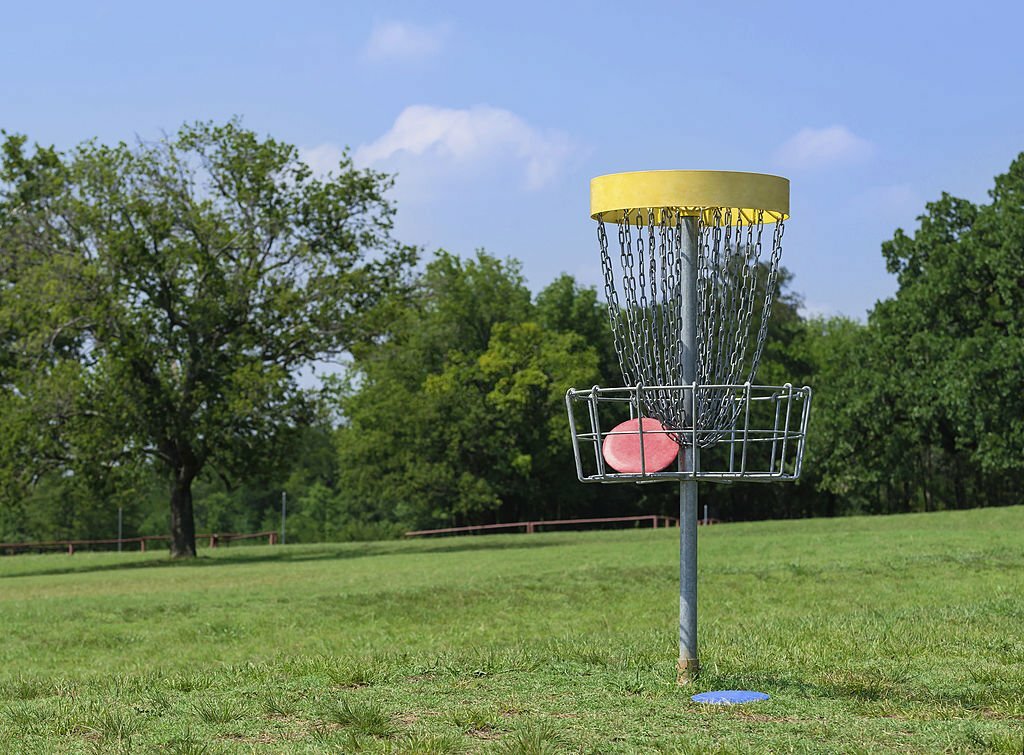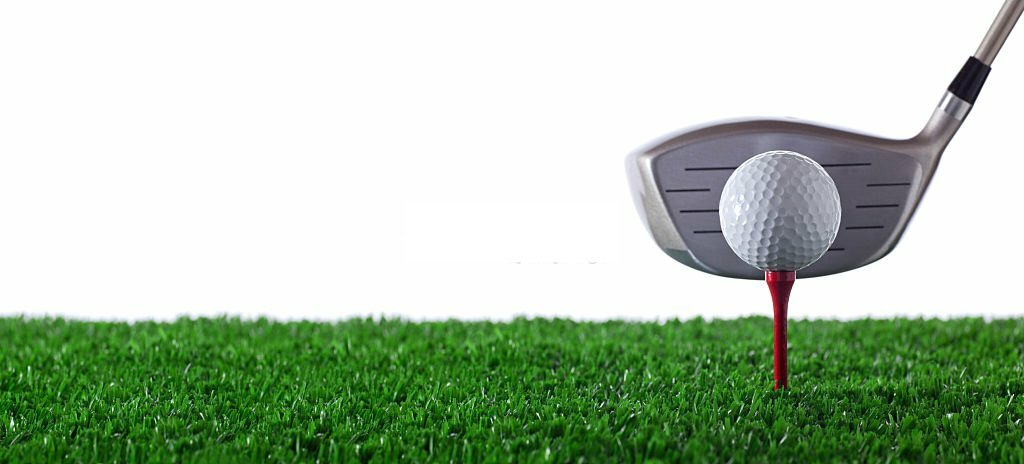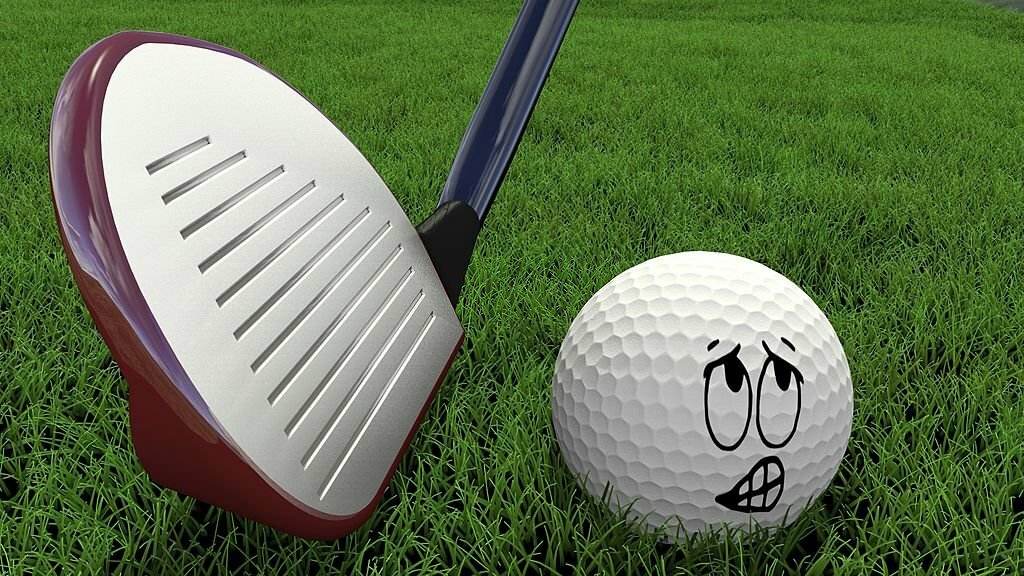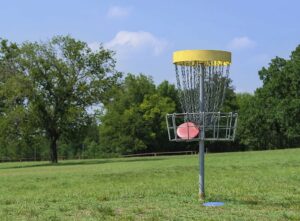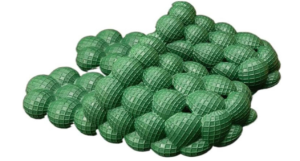Unravel the exciting world of disc golf and understand exactly what is a birdie in disc golf – your essential step towards mastering the sport!
What is Disc Golf?
Unraveling the mystery behind Disc Golf helps us appreciate this rising sport, attracting more and more followers for its combined elements of precision, strategy, and physical fitness.
Looking into the world of Disc Golf, we discover an engaging sport that fascinates not just for its unique play style, but also for the sense of community it encourages among participants.
Explaining the Basics of Disc Golf
Disc Golf, becoming increasingly popular, can be described as traditional golf’s fun-loving cousin. The game’s basic principles are quite simple: players throw a plastic disc from a tee area towards an elevated metal basket, and the goal is to reach the basket in as few throws as possible.
Disc golf combines the strategic play of traditional golf with the challenging terrain of outdoor nature, making it a unique and exciting sport for beginners and experienced players alike.
This game varies greatly from traditional golf. Instead of a small ball and clubs, disc golfers employ a range of discs – drivers, mid-ranges, and putters. Each disc has its distinct flight properties so choosing the right one often turns out essential in the strategy of gameplay.
A typical disc golf course spans over varied terrains, often including forests, open fields, and hills. This unique environment, not usually associated with other sports, presents fresh challenges to players and keeps the game exciting.
Similar to the game of golf, disc golf also includes its par system, which is the predetermined number of throws an experienced player is expected to take to get the disc from the tee to the basket.
As a beginner, don’t dwell too much on scoring, instead focus on mastering your throw over a few rounds. The ease of starting makes disc golf a perfect outdoor activity for those seeking low-pressure yet highly engaging recreation.
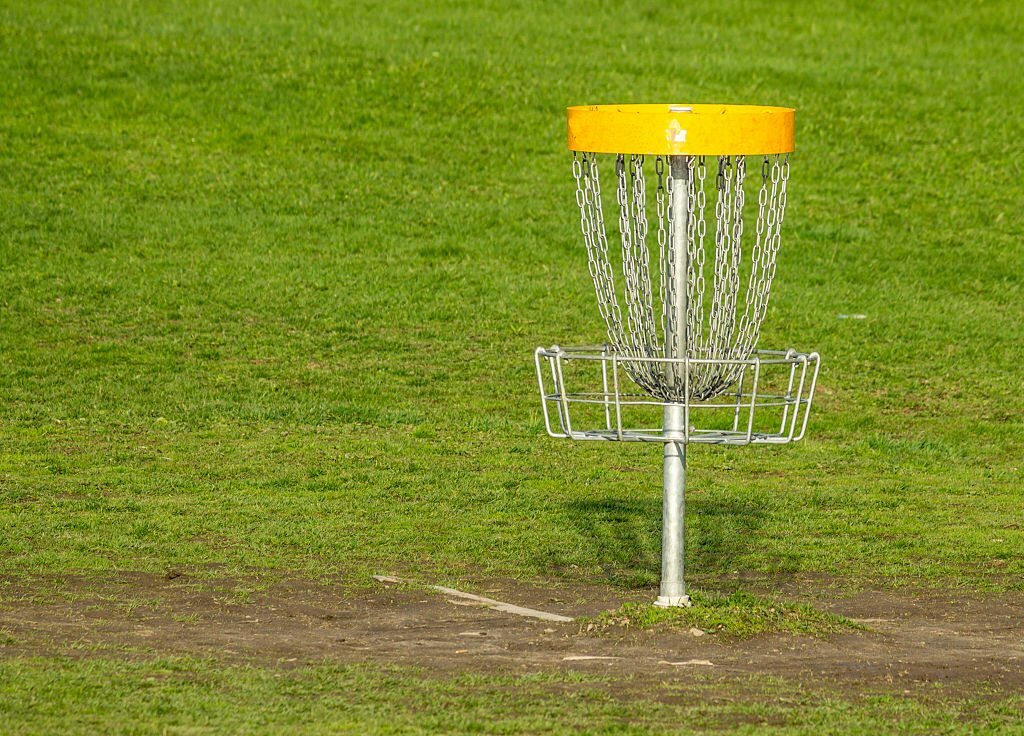
Disc Golf vs. Traditional Golf: What’s the Difference?
In comparison to regular golf, disc golf is quite distinctive. The most notable variation lies in the equipment used; disc golfers throw a plastic disc into metal baskets, whereas traditional golfers use clubs to hit balls into holes on a course.
Another key difference between these two sports is their play style. Disc golf relies more on hand-eye coordination for accurate throws, whereas golf revolves around precision swings and control over ball placement.
The courses in both sports also show significant distinctions. Disc golf courses are typically shorter, greener, and have more defined pathways, while traditional golf features sprawling fairways and strategically placed bunkers.
Lastly, scoring in disc golf lends its charm, especially when it comes to birdie scoring. Achieving birdies, or one throw less than the par, adds excitement to disc golf, diverging from the stroke play method typically seen in golf.
Understanding Scoring in Disc Golf
Getting to grips with scoring in Disc Golf involves understanding various factors from throwing techniques to the type of disc used. In essence, the lower the number of throws, the better the score.
Scoring in Disc Golf is quite similar to traditional golf. The objective is to complete each hole in the fewest throws, with different points attached to various achievements like Birdies.
Achieving a Birdie in Disc Golf means completing a hole in one throw less than the ‘par’. Hitting Birdies can dramatically improve your overall score and increase your ranking.
Exploring the Different Components of Disc Golf Scoring
In Disc Golf scoring, ‘birdies’, ‘pars’, and ‘bogeys’ are the essential components. ‘Birdies’ symbolize a player finishing a hole under par, ‘pars’ mean completion at the prescribed strokes, and ‘bogeys’ mean finishing over par.
Disc Golf scoring breakdown consists of birdies, pars, and bogeys. A player achieves a birdie when they complete a hole in one stroke less than the par score. Conversely, bogey is earned when a hole is completed one stroke over the par.
How Does Scoring Work in Disc Golf?
In Disc Golf, scoring is unique, following a ‘throw count’ mechanism. It’s based on each individual throw made from teeing off until the disc lands in the basket. This scoring style, termed as ‘stroke play’, keenly mirrors traditional golf, further consolidating the link between the two sports.
- The scoring system is called ‘stroke play’
- Each throw counts as a single point
- The goal is to have the least number of throws by game end
- Penalties could be added to the total score for certain infractions
- Achieving a ‘Birdie’ means completing a hole in one less throw than the par number
Understanding the Role of Birdies in Disc Golf
Birdies hold a key role in disc golf gameplay. They not only signify superior skill and precision, but also strategic planning that can significantly impact the overall game score.
- Elevating overall game scores.
- Indicating players’ advanced skill level and precision.
- Reflecting strategic planning experiences.
- Offering opportunities for game-changing scenarios.
- Signifying intense competitive spirit in Disc Golf.
What Exactly is a Birdie in Disc Golf?
A birdie in disc golf language refers to accomplishing a hole with one throw less than the prescribed par. This triumph not only marks an impressive feat but injects a rush of adrenaline in the game.
The term ‘birdie’ brings out the magic in disc golf, creating a tantalizing challenge for players to accomplish. It signifies a player’s precision, strategy and skill in the sport, adding an exhilarating twist to the game.
Defining Birdies in Disc Golf
The concept of a ‘birdie’ originates from traditional golf and is equally pertinent in its spinoff – disc golf. In layman’s terms, achieving a birdie means completing a hole one throw under par.
The birdie holds a pivotal position in disc golf terminology and holds significant weightage in one’s scoring and overall performance. A player’s ability to score birdies often serves as a testament to their skill and strategy in disc golf.
When a player scores a birdie, it means they have outperformed the course’s expectation, signifying an exception to the defined standard, or par, set by the course designers.
Hence, birdies become a source of both strategic advantage and confidence for players. It fuels the competitive spirit, pushing players to strive for a performance that surpasses the ‘par.’
To reiterate, birdies symbolize proficiency and finesse in disc golf. A continuous score of birdies signifies advancing skill levels and improved technique, hence, setting the tempo for high-level competition in disc golf.
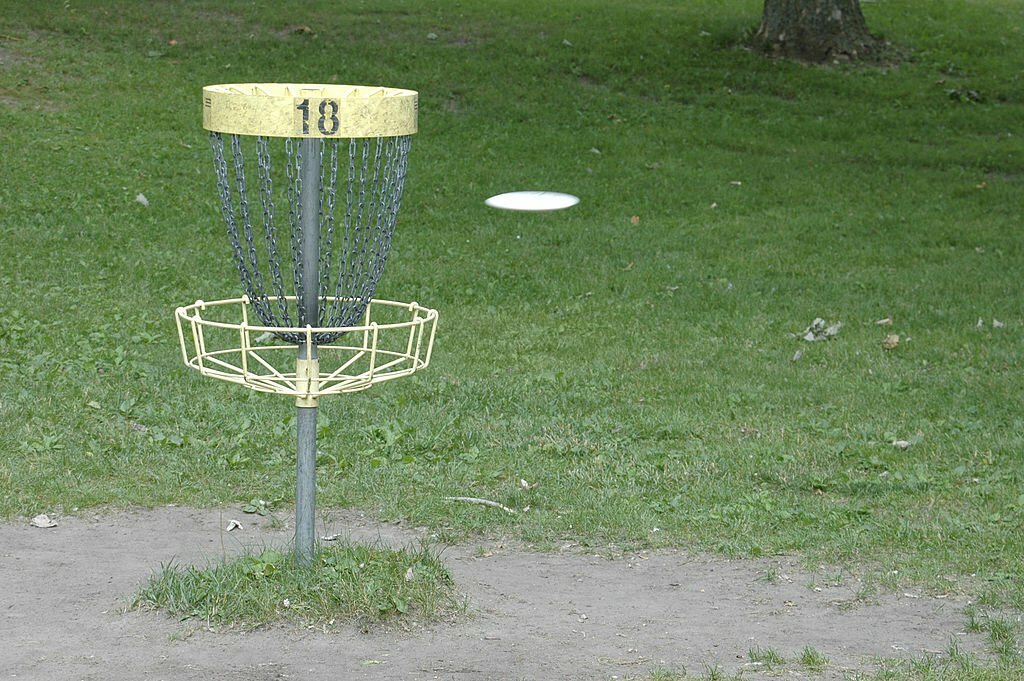
How Does a Player Achieve a Birdie in Disc Golf?
A Birdie in disc golf is scored when a player completes a hole in one throw fewer than the predetermined par. This achievement is a significant way to gain momentum during a match.
- Perfecting your throwing technique: Accuracy, strength, and finesse are key aspects.
- Learning about disc selections: The right disc can make a significant difference in distance, control, and movement.
- Considering wind and terrain conditions: Different weather and field conditions may require adjustments in your strategy.
- Practising your putting: Getting your disc into the basket in fewer throws is pivotal.
Different Types of Birdies in Disc Golf
In disc golf, there are various types of birdies, each reflects a player’s proficiency and strategy in navigating the game’s course. Knowing the types and how to score them can significantly affect your overall standing.
- ‘Birdie’: Achieved when a player finishes a hole in one stroke less than the course’s par.
- ‘Eagle’: Scoring two strokes under par on a hole.
- ‘Double Eagle’: Also known as an ‘Albatross’, it’s achieved when a player finishes a hole three strokes under par.
- ‘Hole-in-One’: This is the disc golf equivalent of an Ace in ball golf, achieved when a player successfully throws their disc from the tee box into the basket in just one throw.
How are Birdies Scored in Disc Golf?
In the high-stakes game of Disc Golf, Birdies are significant and demand both strategy and skill. To score a Birdie, a player must complete a hole in one shot less than its assigned par score, a feat that requires a blend of accurate throwing, technical expertise, and an understanding of the course layout.
Mastering the art of achieving Birdies in Disc Golf involves a precise understanding of the sport’s underlying techniques. Players need to choose the right discs, practice targeted throwing mechanics, and exploit their understanding of the course to gain an advantage and consistently achieve Birdies.
The Scoring System for Birdies in Disc Golf
In disc golf, birdies are a vital part of player scoring. A birdie means a player finishes a hole one throw under the predetermined par. It’s scored as -1, indicating a performance better than the set standard.
The arithmetic of disc golf scoring is straightforward—subtract the birdies from the total throws to determine a player’s score. The lower the result, the better.
It’s essential to recognize that scoring a birdie is not as common as in traditional golf. The layout and challenges of disc golf courses require honed skills to regularly achieve birdies.
Lastly, the impact of birdies is significant – not only do they lower a player’s total score, but they can also serve as tie-breakers in tight competitive matches.
Calculating Points for Birdies in Disc Golf
The calculation of birdie points hinges on a simple principle – players earn a birdie by completing a hole in one shot fewer than its par number. For example, if the hole par is four but you manage to complete it in three, you’ve scored a birdie, effectively improving your overall score.
This numerical structure powering disc golf scoring has a subtlety that enhances the excitement of the game. Understanding the arithmetic behind birdie points can significantly sharpen your strategizing in the match.
Impact of Birdies on Overall Score in Disc Golf
Birdies play a pivotal role in refining your disc golf score. A single birdie can significantly lower your overall score, increasing your chances of leading the competition.
Birdies’ influence extends beyond mere numbers; they shape the ultimate outcome of disc golf games. By achieving a birdie, players get an advantage, gaining the upper hand against competitors.
During a disc golf match, a series of birdies can pile up to form a competitive total score. This roll of birdies can potentially change the game’s course, favoring the player who scores them.
Birdies also reflect a player’s skill level and strategy. A consistent frequency of birdies indicates mastery over distances and accurate targeting that differentiate seasoned players.
Finally, birdies motivate players to hone their skills further. These coveted scores stir a drive for continuous improvement among disc golf enthusiasts while adding an element of challenge.
Strategies for Achieving Birdies in Disc Golf
Aiming with precision is pivotal when targeting Birdies in Disc Golf. A player’s accuracy could potentially make the difference between a par or a Birdie, adding a competitive edge to one’s game.
Implementing effective strategies and techniques can greatly enhance your chances of securing Birdies in Disc Golf. Compelling strategies include selecting the appropriate disc, mastering the throwing technique, and remaining consistent in your game.
Tips for Improving Your Disc Golf Skills
To score birdies consistently in disc golf, one must develop and maintain consistency. This means regularly practicing your throws and adjusting strategies based on course variables such as wind and terrain.
Improving your throwing technique is another important aspect in achieving disc golf birdies. It’s essential to master different throws like backhand, forehand, and putts to cover a range of situations in the game.
Creating a repeatable routine in your approach is vital. Examine each shot beforehand, visualize the trajectory, maintain concentration, and keep a steady follow-through for better precision.
Condition-specific throws can improve your skill set. Throws such as the roller for tight fairways and the overhand for wooded ones can significantly enhance your game’s versatility, leading to more birdies.
Lastly, understanding your discs and how they react in different circumstances is vital for success. The right selection of disc based on distance, control, and stability can make the difference between par and birdie.
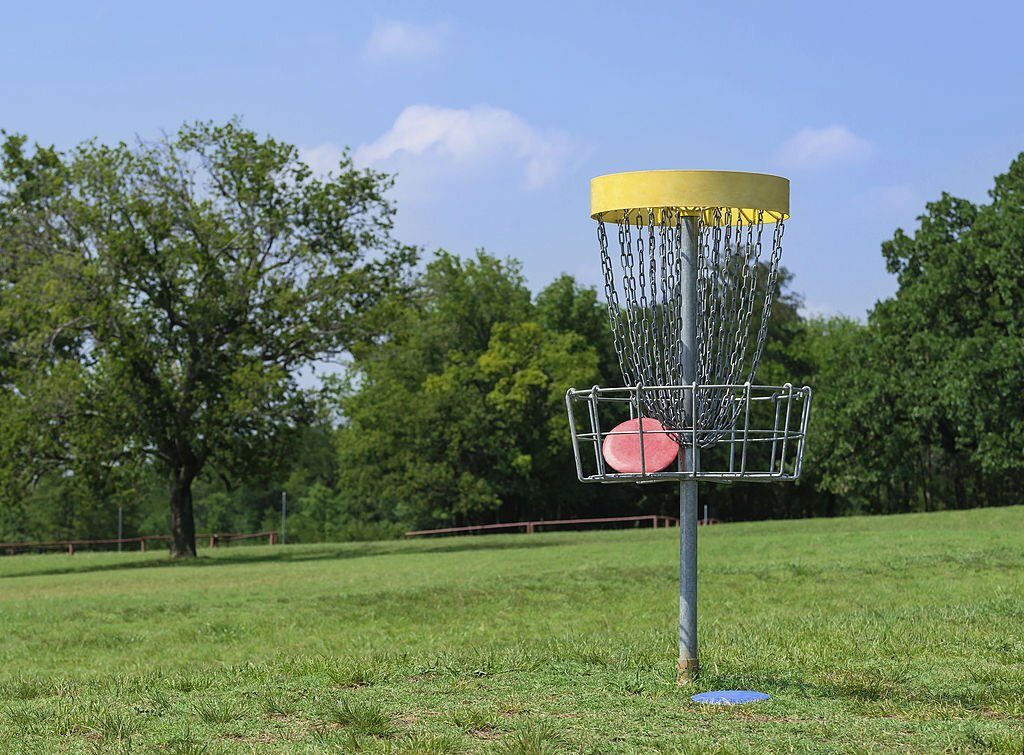
Choosing the Right Discs for Better Performance
With a pick of the correct disc, you up your chances for birdies in disc golf. A good disc selection, based on the specific hole, significantly contributes to achieving birdie shots. Think about factors like the disc’s stability, speed, or fade to give you the edge.
Disc properties vastly influence the disc’s flight path resulting in improved birds. It’s essential to grasp the four main disc properties: speed, glide, turn, and fade, as they directly impact the disc’s behavior in flight.
Speed is the disc’s capacity to cut through the air quickly. It’s inversely related to control; high-speed discs are harder to control but travel far. A careful balance of speed can consequently help you achieve more birdies in disc golf.
A disc’s characteristics like glide, fade, and turn affect how much the disc can stay aloft, curve at the end of the flight and bank to the right in the initial flight phase respectively. Being strategic about disc properties helps optimize birdie scoring in disc golf.
Practicing Techniques for Consistently Achieving Birdies
Drilling practices can significantly improve your chances of scoring birdies in Disc Golf. From perfecting your putting technique to mastering throwing angles, regular drilling practice should form an essential part of your Disc Golf training regimen.
Another crucial step toward achieving consistent birdies is determining the optimal Disc Golf throw. This depends on several factors, including the course layout and wind conditions. It’s not just about power, having the right technique and precision play crucial roles.
Working with experienced players or coaches can often provide new insights. They can help you identify flaws in your throw technique, offer pointers for improvement, and share strategies for achieving birdies more consistently. This aid can help you elevate your game.
Lastly, don’t forget to practice different shots. From hyzers and anhyzers to forehands and backhands, diverse shot selections are vital. Mastery over different shots will enable you to adapt to varying course conditions, increasing your chances of hitting birdies.
